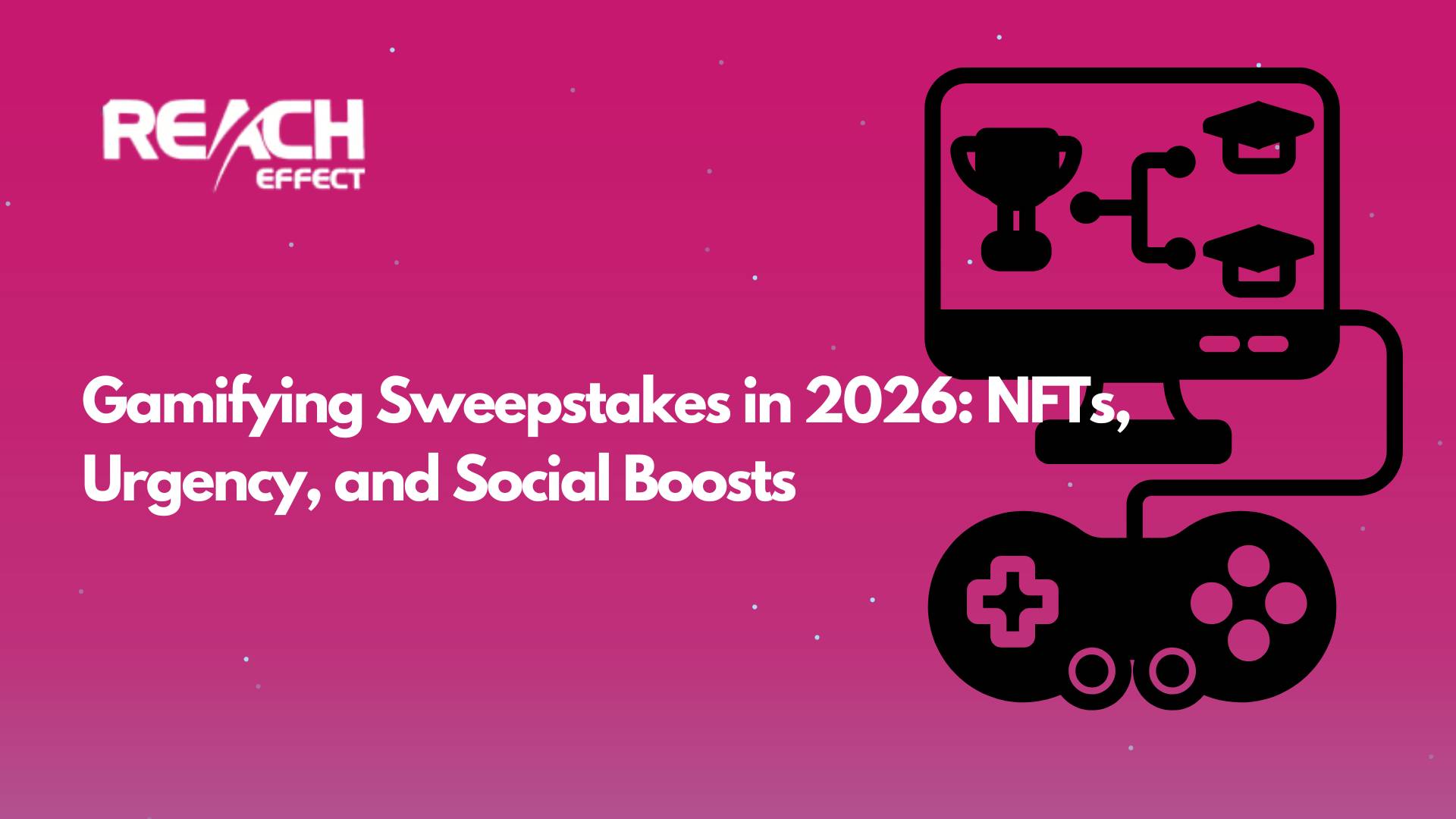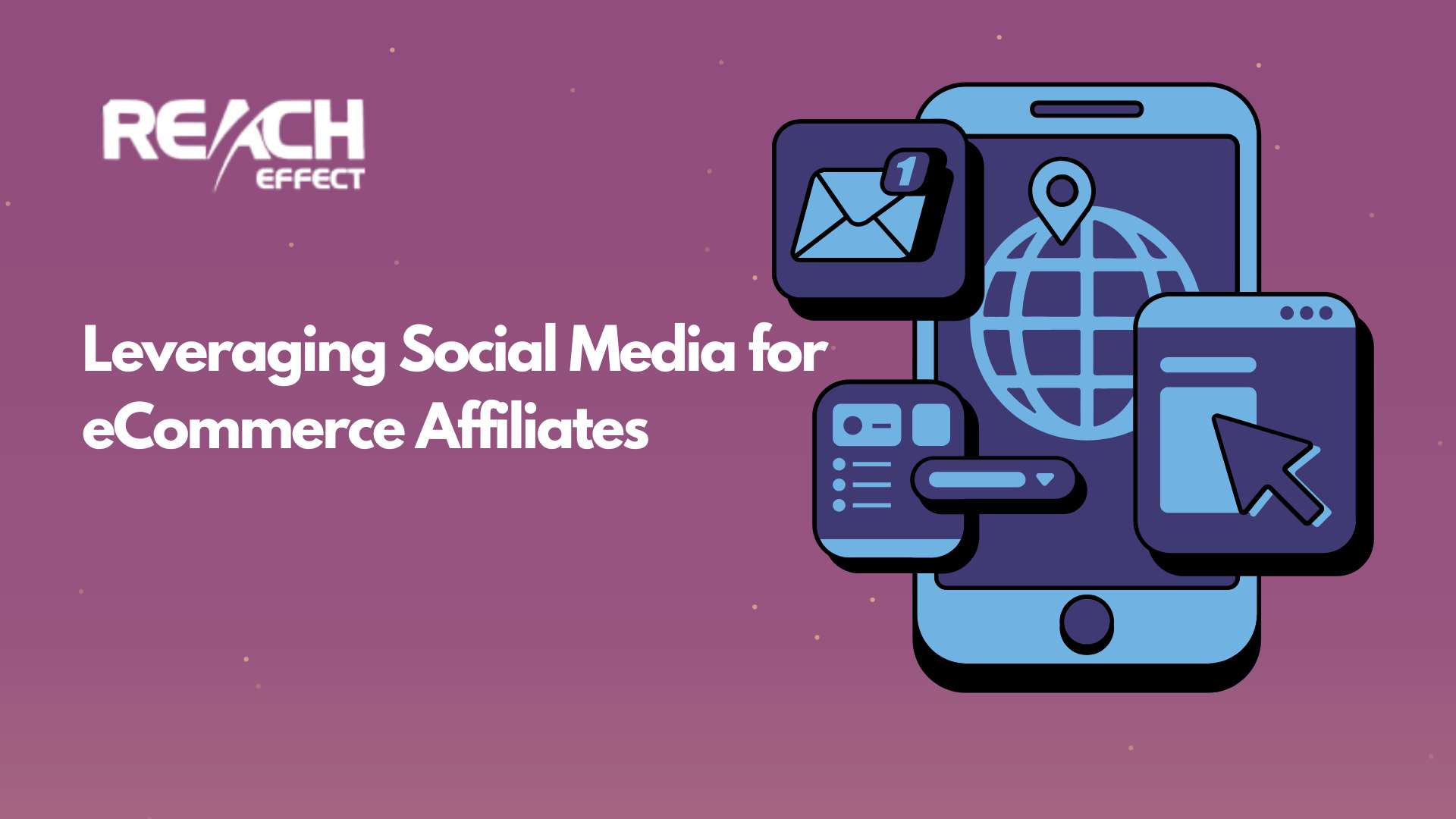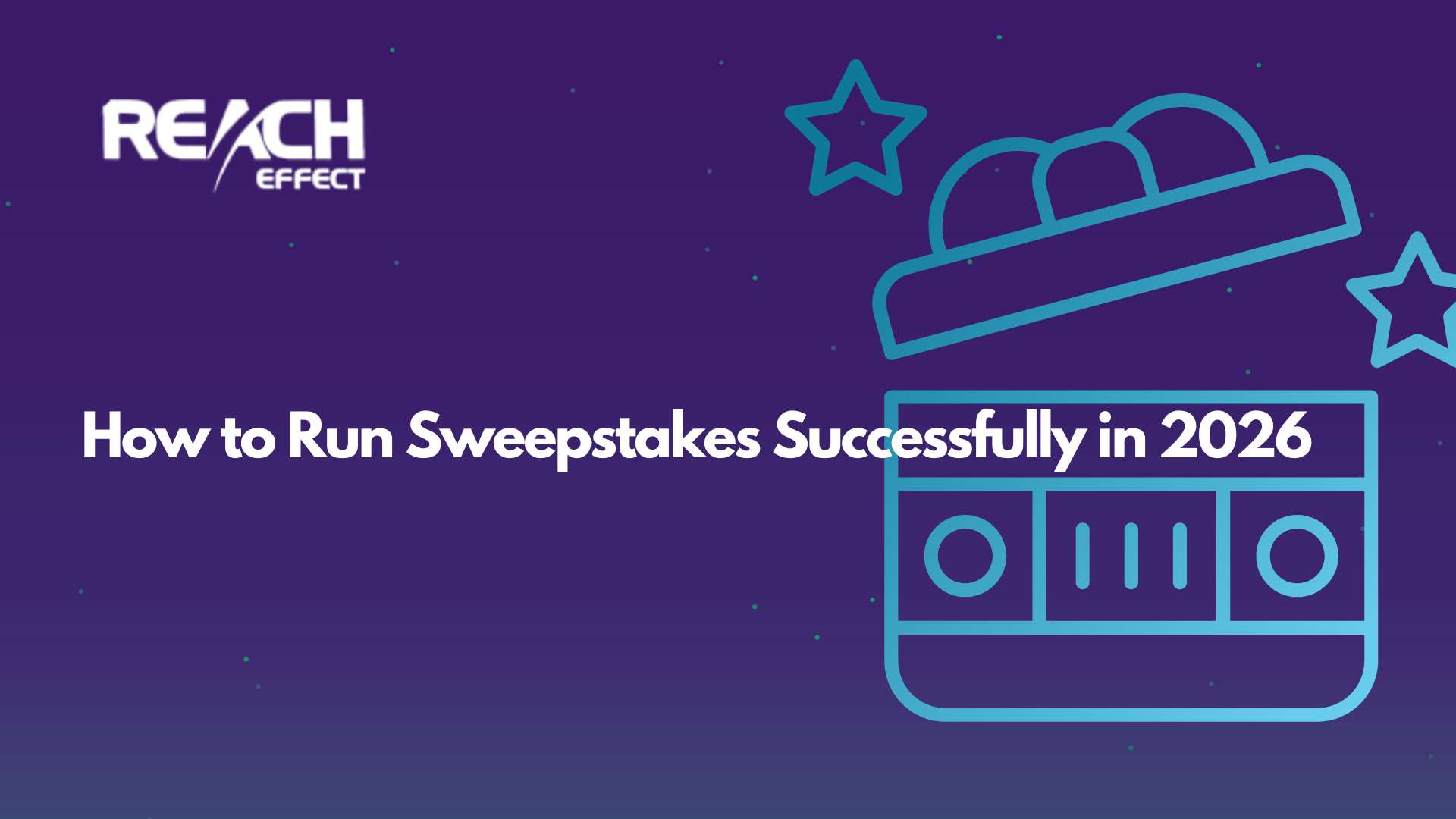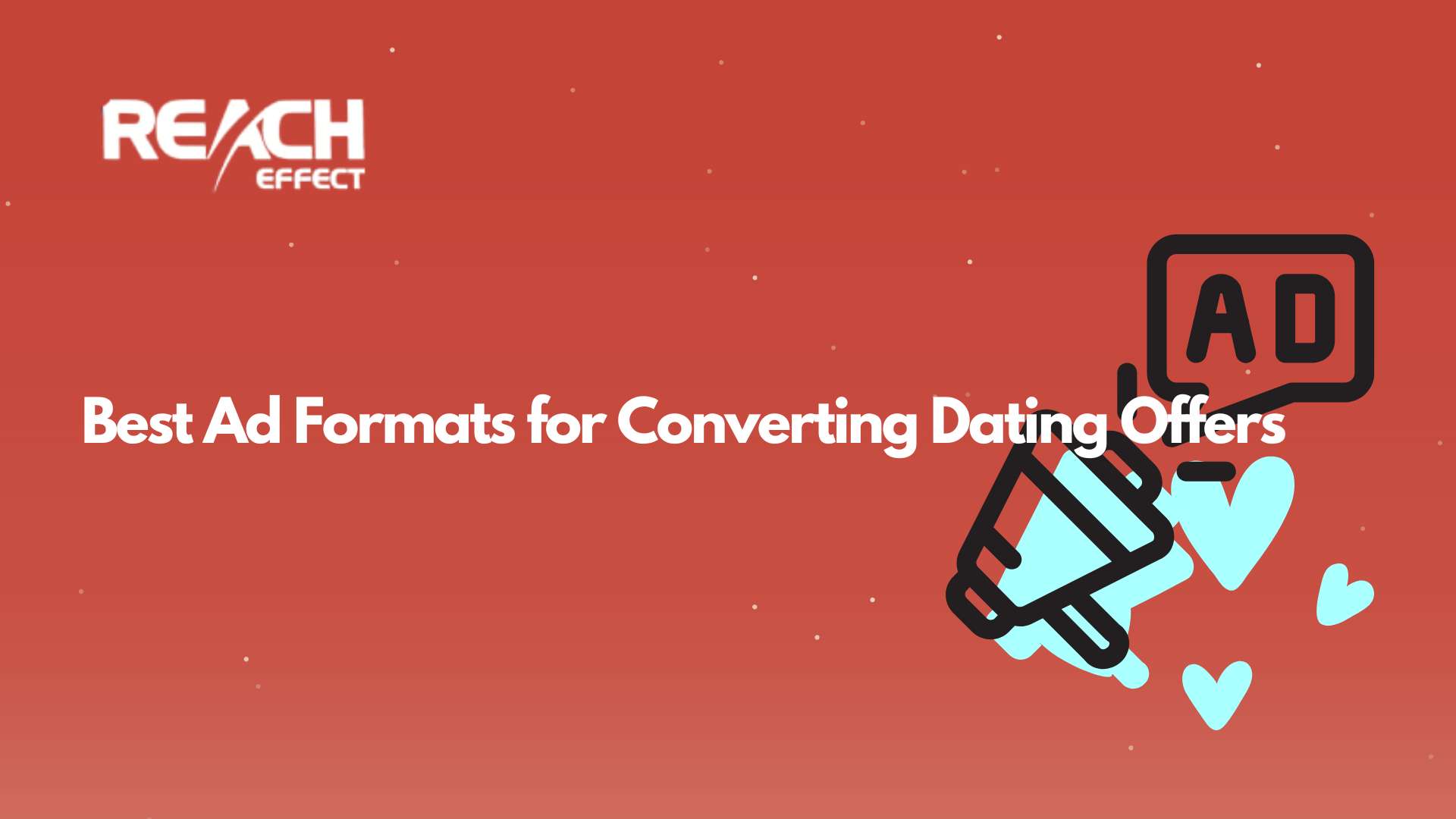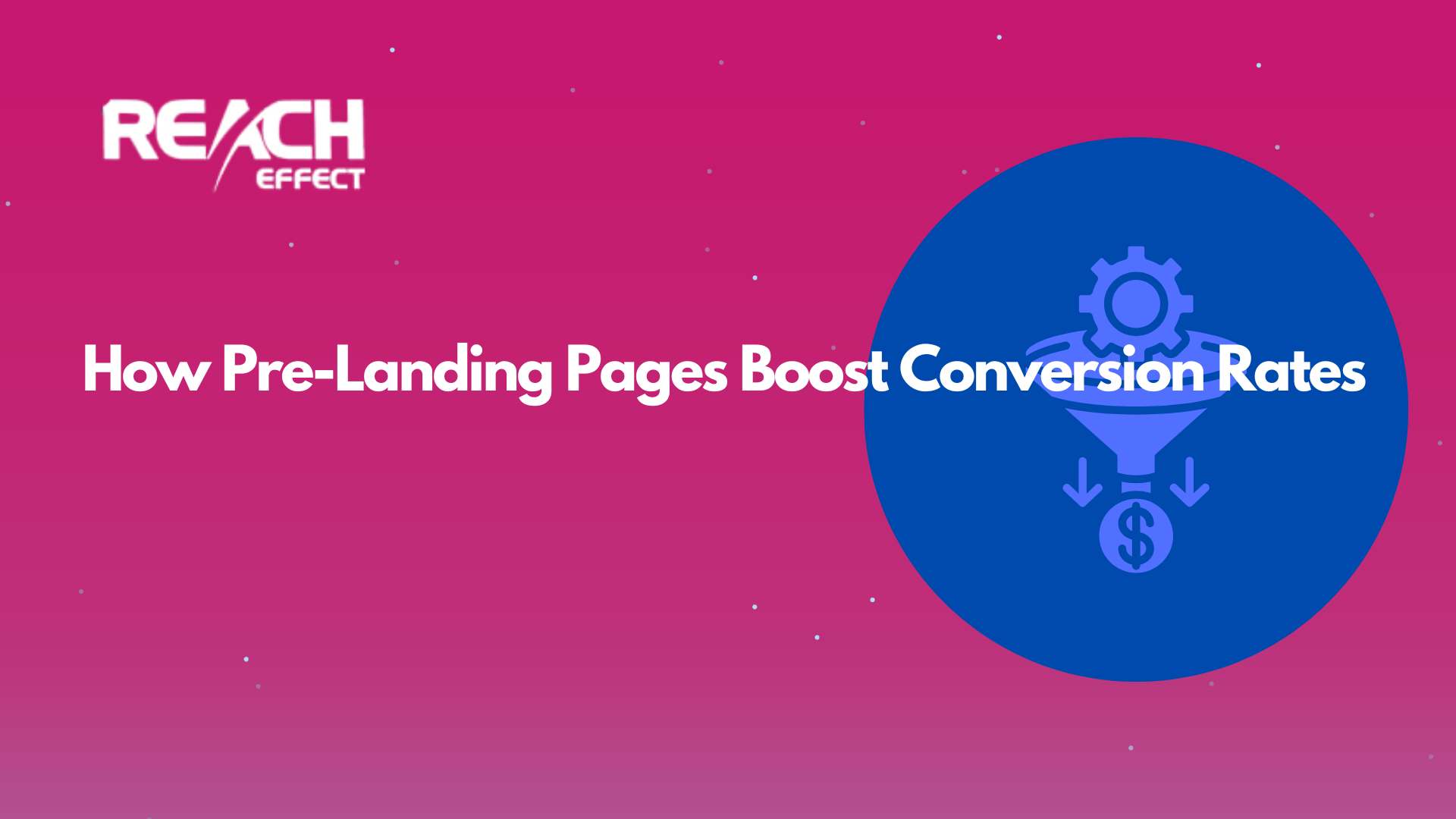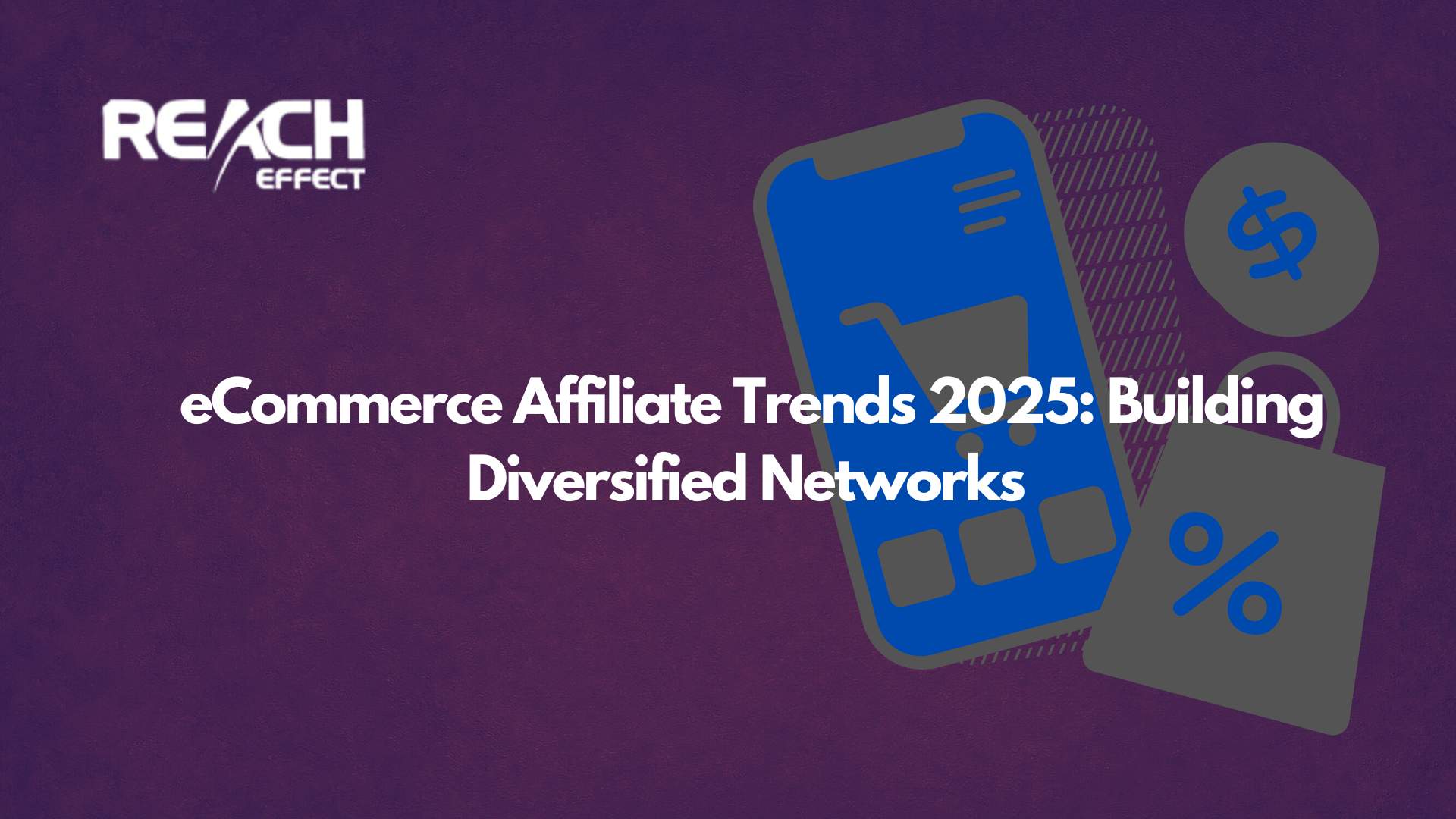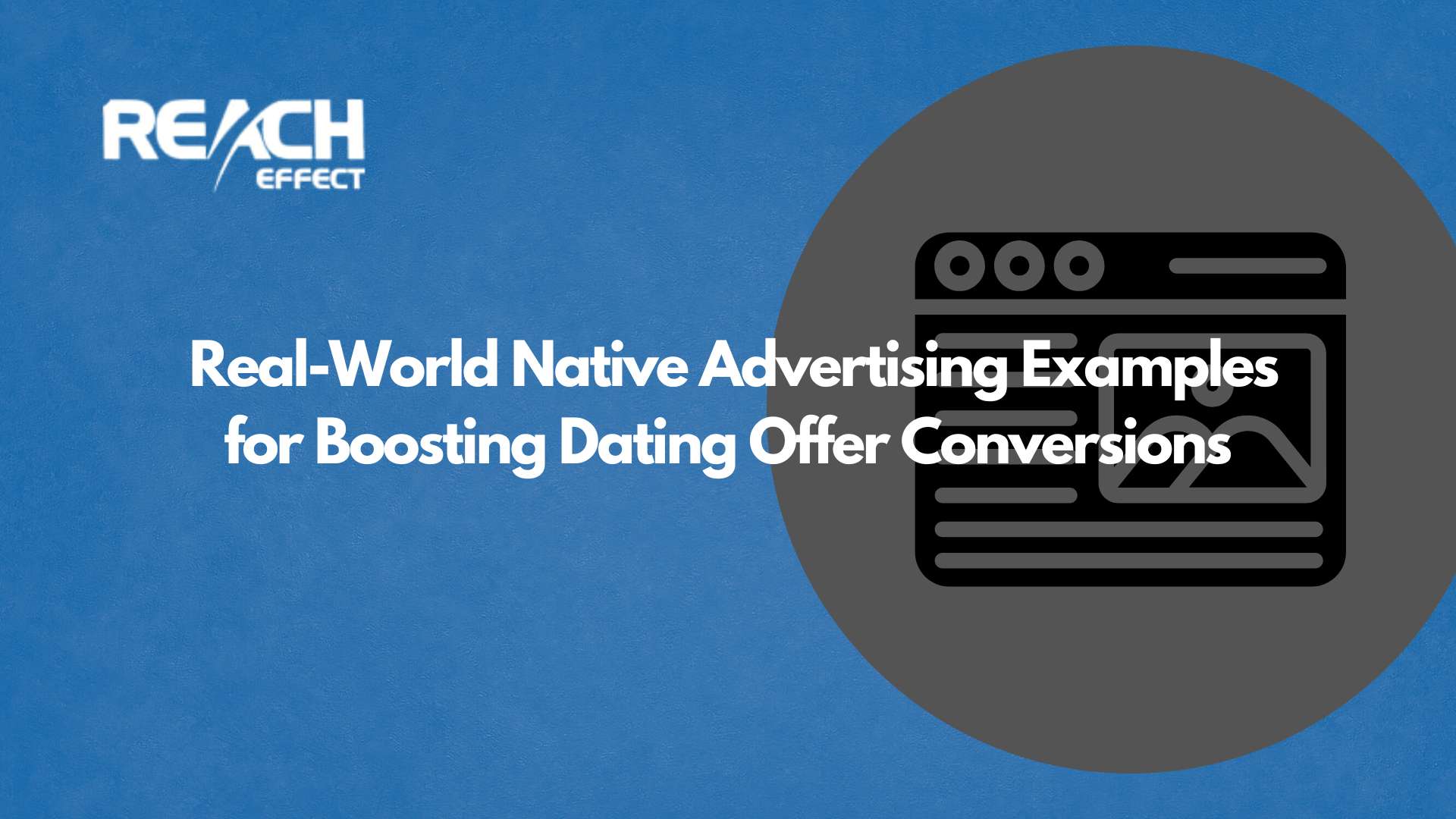Have you ever been reading an article online and noticed that the ads seem to match what’s on the page? Maybe you’re looking at a travel blog and see ads for vacation deals, or you’re on a cooking site and spot promotions for kitchen tools. That’s contextual advertising doing its job. It’s a clever way to show ads that fit with what you’re interested in at that moment, without needing to dig into your personal information.
In this article, we’ll dive into what contextual advertising is, how it works, why it’s useful, and even explore some examples. Plus, we’ll answer some common questions to give you a full picture of this marketing approach.
Understanding Contextual Advertising
So, what is contextual advertising? At its core, it’s a type of online advertising that shows you ads based on the content you’re looking at right now. Instead of tracking your every move across the internet, it focuses on the webpage you’re on or what you’ve recently browsed. The idea is simple: if you’re reading about hiking, you’ll see ads for hiking boots or outdoor gear. It’s all about relevance, making sure the ads feel like they belong with what you’re doing.
This approach is different from other advertising methods that might collect lots of data about you over time. Contextual advertising keeps things straightforward and privacy-friendly. It doesn’t need to know who you are or where you’ve been for weeks. It just looks at the context of the moment and picks ads that make sense. For businesses, this is a great way to connect with people who are already interested in something related to their products or services.
How Contextual Advertising Works
You might be wondering how websites figure out which ads to show you. It’s not magic, but it does involve some smart technology. Here’s a step-by-step look at how contextual advertising works:
- Scanning the Content: When you load a webpage, the advertising system quickly checks out what’s on it. It looks for keywords, phrases, and the overall topic. For example, if the page is about gardening, it might spot words like “flowers,” “soil,” or “plants.”
- Matching Ads to the Topic: Once the system understands the content, it searches through a pool of ads to find ones that fit. If the page is about gardening, it might pull up ads for gardening tools, seeds, or local nurseries.
- Showing the Ads: After picking the right ads, they’re placed on the page for you to see. These could be banners at the top, boxes on the side, or even little ads tucked into the text. The goal is to make them blend in naturally with what you’re reading or watching.
This all happens super fast, usually in a split second, so you don’t even notice the process. Some systems might also peek at your recent browsing to fine-tune the ads, but they don’t build a big profile on you. It’s more about what’s happening right now than what you did last month.
The technology behind this involves things like keyword analysis and algorithms that categorize content. Think of it like a librarian who knows exactly which books to recommend based on the one you’re already holding. That’s how contextual advertising keeps things relevant and useful.
Why Contextual Advertising Matters
Contextual advertising isn’t just a neat trick. It has some real advantages that make it popular with businesses and users alike. Let’s break down why it’s such a big deal.
- It’s Relevant: When ads match what you’re looking at, they’re more likely to catch your eye. If you’re reading about fitness tips, an ad for workout clothes feels helpful, not random. This relevance can make you more likely to click or buy something.
- It Respects Your Privacy: In a world where people care more about their personal info, contextual advertising stands out. It doesn’t need to track your every move or store details about you. It just uses the context of the page, which feels less invasive.
- It Improves Your Experience: Nobody enjoys seeing ads that have nothing to do with what they’re interested in. Contextual ads fit better with the content, so they don’t disrupt your browsing as much. It’s a smoother, friendlier experience.
- It Works Well for Businesses: Because these ads are so targeted, they often get better results. People are more likely to engage with something relevant, which means businesses see more clicks and sales without wasting money on the wrong audience.
For a company like ReachEffect, which helps businesses grow through smart marketing, contextual advertising is a perfect fit. It’s a tool they can use to connect their clients with the right people at the right time, all while keeping things simple and effective.
Real-Life Examples of Contextual Advertising
Let’s make this concrete with some examples. Imagine you’re online, and here’s what you might see with contextual advertising in action.
- Food Blogs: You’re on a site with recipes for homemade pizza. As you scroll, you notice ads for pizza stones, tomato sauce brands, or even cooking classes. These ads tie directly into the pizza-making theme, so they feel like a natural part of the page.
- Sports News: Picture yourself reading an article about the latest football game. Alongside the story, you see ads for sports jerseys, tickets to upcoming matches, or fitness apps. They’re all connected to your interest in sports at that moment.
- Car Reviews: If you’re checking out a review of a new electric car, you might spot ads for car insurance, nearby dealerships, or charging stations. The ads match the car focus of the article, making them more appealing.
- Fashion Websites: Say you’re browsing a blog about summer fashion trends. You’ll likely see ads for sunglasses, dresses, or online clothing stores. They’re tied to the fashion content, so they don’t feel out of place.
These examples show how contextual advertising lines up ads with what you’re already into. It’s not about guessing who you are but about meeting you where you’re at. That’s what makes it so effective and user-friendly.
What Are the Perks for Businesses?
Businesses love contextual advertising because it’s a practical way to reach customers. Since the ads are shown to people already interested in related topics, the chances of getting noticed go up. It’s like setting up a lemonade stand on a hot day instead of a snowy one. You’re more likely to find thirsty customers.
Plus, it’s cost-effective. Businesses don’t have to spend as much to reach a broad audience and hope for the best. They can focus their budget on ads that hit the mark, which often leads to a better return on investment. For a digital marketing outfit like ReachEffect, this is a strategy they can offer clients to boost results without breaking the bank.
Another perk is how easy it is to get started. You don’t need a ton of data or complicated setups. The technology does the heavy lifting, analyzing content and picking ads on the fly. That simplicity is a big win for companies looking to advertise without a lot of hassle.
Are There Any Downsides?
No system is perfect, and contextual advertising has a few challenges. Sometimes, the technology can get it wrong. If a page mentions “bats” in a baseball article, you might see ads for wildlife instead of sports gear. It’s not a huge issue, but it can happen.
Another thing is that it’s not as personalized as some other methods. Since it doesn’t use your long-term history, it might miss some specific details about what you like. For businesses wanting super-tailored ads, that could be a limitation.
Finally, it can struggle with sites that change a lot, like news pages. If the content shifts from sports to politics in a flash, the ads might not keep up perfectly. Still, these hiccups don’t outweigh the benefits for most users and advertisers.
How It Fits Into Today’s World
With privacy rules getting stricter and people paying more attention to how their data is used, contextual advertising is growing fast. It’s a way to stay effective without stepping over privacy lines.
It’s also flexible. You can use it on websites, blogs, search engines, and even tweak it for social media. That versatility makes it a solid choice for all kinds of businesses, from small startups to big brands.
Wrapping It Up
Contextual advertising is a smart, simple way to show ads that matter to you when you’re online. It uses the content you’re looking at to pick ads that fit, keeping things relevant without needing your personal details. For users, it’s less intrusive and more helpful. For businesses, it’s an efficient way to reach the right crowd. As the internet keeps evolving, this approach is likely to stick around, offering a balance of effectiveness and respect for privacy.



